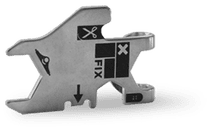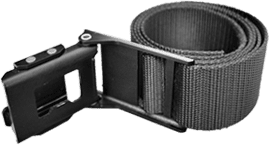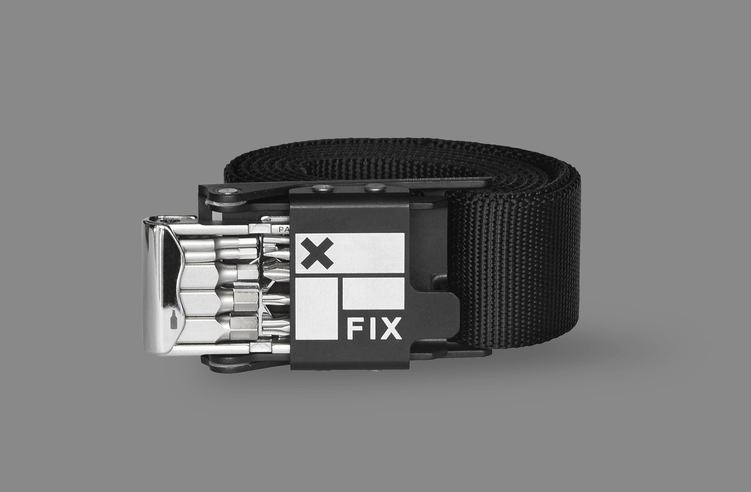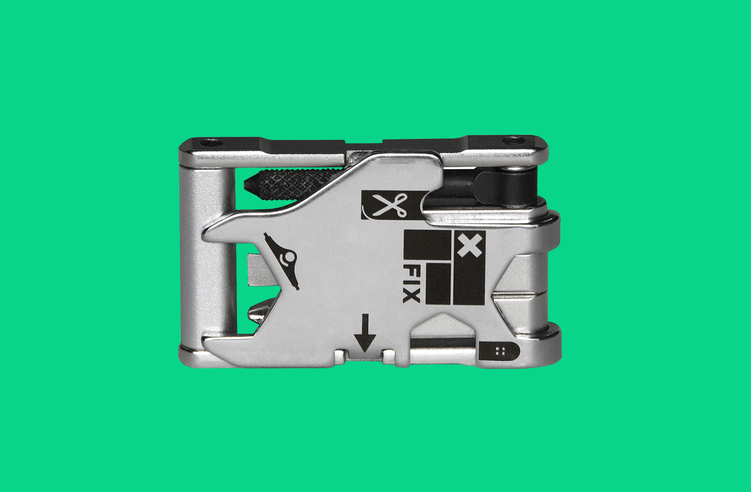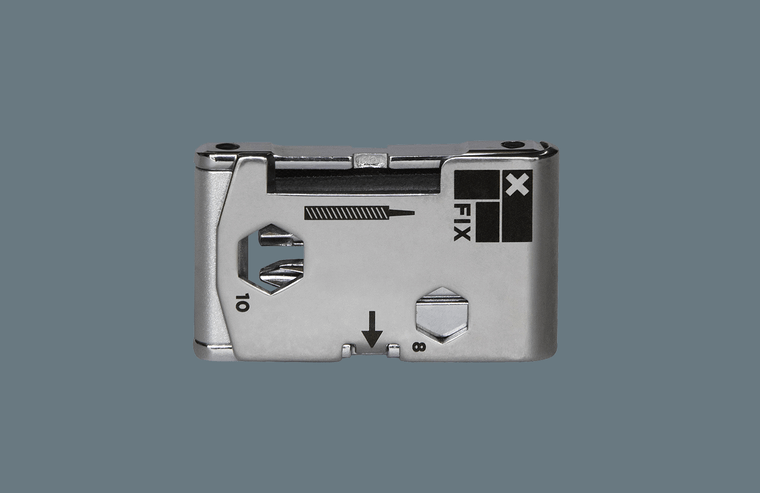Introduction: As cycling enthusiasts, we’re lucky to have access to the beauty and thrill of nature while embarking on our two-wheeled adventures. Whether you’re a casual rider or an avid mountain biker, it’s crucial to recognize the importance of trail care and maintenance. By being proactive and responsible stewards of the trails we love, we can ensure their longevity, safety, and enjoyment for ourselves and future generations. In this blog post, we’ll explore the significance of trail care and maintenance and share valuable tips for keeping our trails in pristine condition.
Before we begin, let understand the impact. It’s vital to understand the impact of cycling on the environment. Mountain biking, in particular, can cause erosion, disturb wildlife habitats, and damage vegetation if not practiced responsibly. Recognizing this impact empowers us to take action and make a positive difference.
Responsible riding is at the core of trail care and maintenance. Here are some responsible riding rules to follow while trail riding:
- Stick to designated trails: Riding off-trail can lead to erosion, damage fragile ecosystems, and create unauthorized trails.
- Yield to hikers and other trail users: Show respect and patience when encountering fellow outdoor enthusiasts.
- Control your speed: Riding within your limits helps prevent accidents and minimizes trail damage caused by excessive braking or skidding.
Now let’s get into the dirt of the issue… Trail Maintenance. Investing in high-quality bike tools not only enhances your cycling experience but also enables you to contribute to trail care and maintenance. Here are a few essential tools every cyclist should have:
- Repair Kit: Don’t go out unprepared. Make sure you have a quick kit with everything you need for a tune up as well as your handy dandy field guide to document any work done to the natural landscape. Our Mountain Bike Field Kit has everything you need, with space to customize.
- Tire tool: Flat tires are a common occurrence. Carrying a tire repair kit allows you to fix punctures quickly and continue your ride. Our favorite quick tire repair tool is the Wheelie Wrench X Dynaplug. It’s our favorite way to apply a single tire plug in a matter of seconds.
- Gardening tools: Trail care is not complete without the proper tools. Obviously you don’t need these on you at all times, but keeping a bucket, shovel, rake, or garden snips handy is helpful to proper trail care. And of course most importantly a garbage bag to pick up any extra trash or litter. Cleaning up natural land is an important park of trail preservation.
Next are a few do’s and dont’s of trail care. It’s important to follow rules placed by local authorities to preserve and protect the affected nature and wildlife.
- DO ask local park rangers or authorities before making major clean up efforts to the trail
- DONT attempt to move major rocks or natural landscape, or disturb precious plants or wildlife
- DO bring tools and a group of buddies to tackle the project with you
- DONT leave behind trash or large piles of yard waste
- DO have fun, be safe, and be proud of keeping your local trails clean.
Conclusion: As cyclists, it’s our responsibility to protect and preserve the trails we love. By practicing responsible riding, investing in the right tools, and following Leave No Trace principles, we can ensure sustainable and enjoyable cycling adventures for ourselves and future generations. Let’s embrace trail care and maintenance as an integral part of our cycling journey and work together to create a positive impact on our outdoor playgrounds. Remember, it’s not just about the ride; it’s also about the legacy we leave behind.
For more resources, please visit IMBA (International Mountain Biking Association)
Happy trails and safe cycling!

